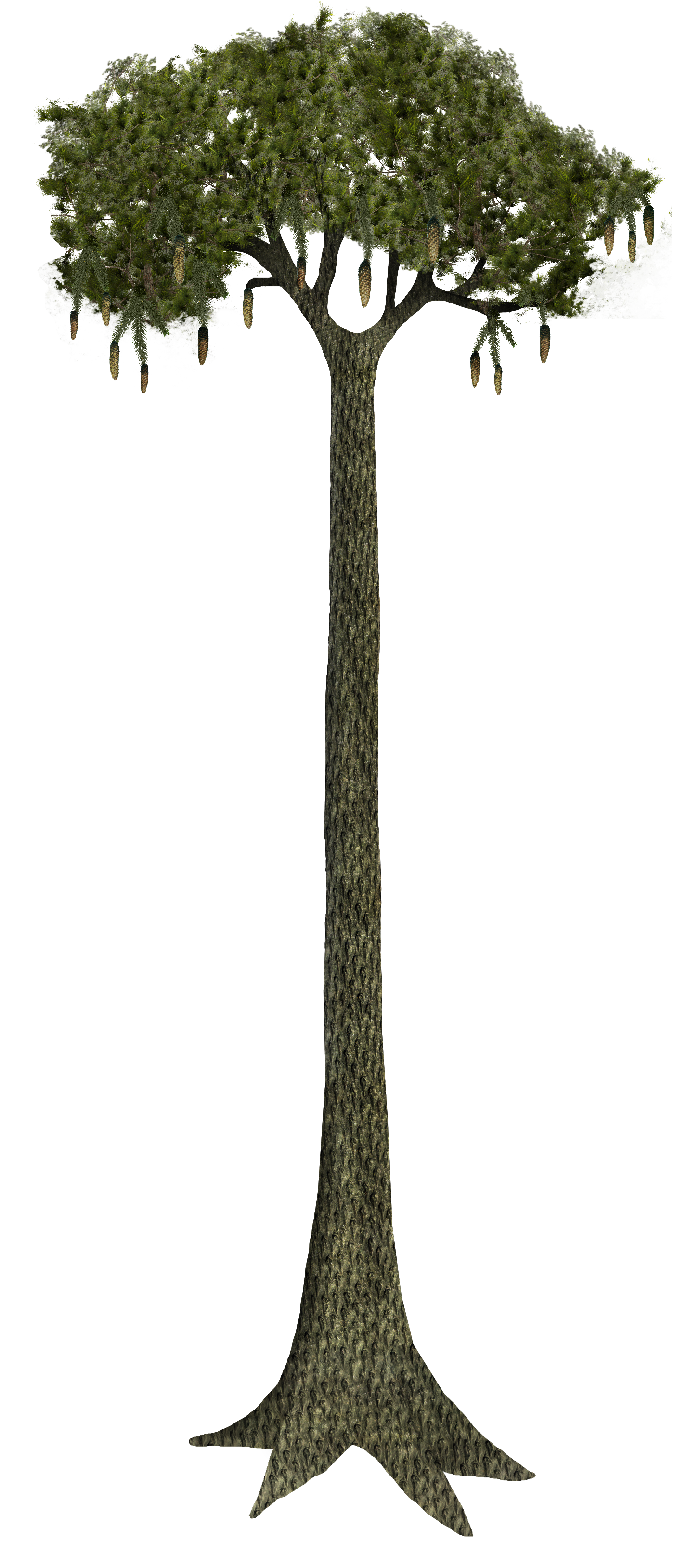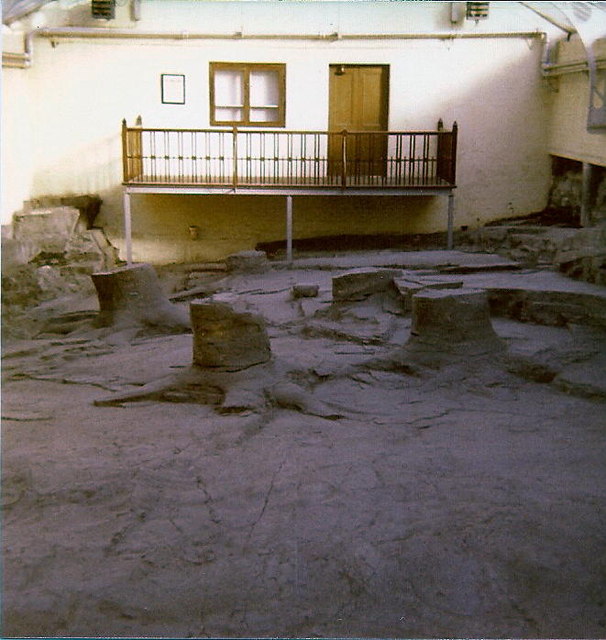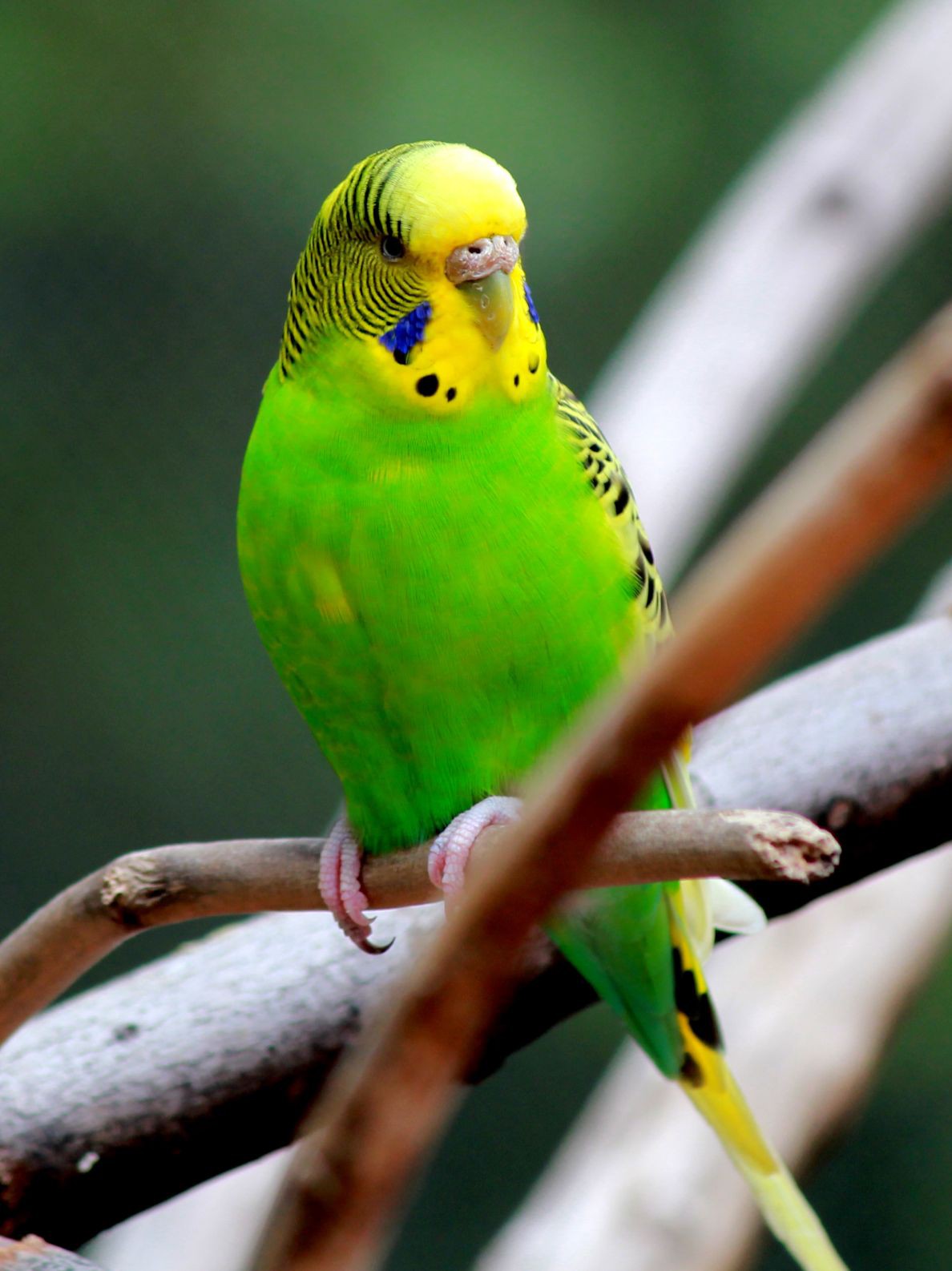|
1887 In Paleontology
Lepidosaurs Archosaurs Classification Events * Harry Govier Seeley divides the Dinosaurs into two taxa based on the configuration of their hip bones. Newly named dinosaurs Plesiosaurs New taxa Plants The Fossil Grove was discovered in Glasgow, Scotland. It contains the fossilised stumps of eleven extinct ''Lepidodendron'' trees, which are sometimes described as "giant club mosses" but they may be more closely related to quillwort ''Isoetes'', commonly known as the quillworts, is the only extant genus of plants in the family Isoetaceae, which is in the class of lycopods. There are currently 192 recognized species, with a cosmopolitan distribution but with the individual s ...s. Paleontologists * Death of George Bax Holmes, a wealthy fossil collector who collaborated with Sir Richard Owen. His collection remains preserved in Brighton's Booth Museum of Natural History.{{cite book, last = Farlow, first = James O., author2= M. K. Brett-Surmann, title = The Complete ... [...More Info...] [...Related Items...] OR: [Wikipedia] [Google] [Baidu] |
Patricosaurus
"Patricosaurus" (meaning "paternal lizard") is the name given to a dubious and chimeric genus of reptile from the Early Cretaceous. It is based on a femur and sacrum from two animals: the femur from a large lepidosaur, and the sacrum from an archosaur (Barrett and Evans, 2002), both specimens are known from the Cambridge Greensand. The type species, ''Patricosaurus merocratus'', was described by Harry Seeley in 1887, and was originally thought to have been a lizard Lizards are a widespread group of squamate reptiles, with over 7,000 species, ranging across all continents except Antarctica, as well as most oceanic island chains. The group is paraphyletic since it excludes the snakes and Amphisbaenia alt .... The femur was estimated to be 8-10 cm long when complete, belonging to an animal with a vent-snout length of 0.8-0.9 metres and a maximum body length of two metres. References *Barrett, P.M., and Evans, S.E. 2002. A reassessment of the Early Cretaceous reptile ''Patricos ... [...More Info...] [...Related Items...] OR: [Wikipedia] [Google] [Baidu] |
Orophosaurus
''Orophosaurus'' is an dubious genus of elasmosaurid plesiosaur from the Late Cretaceous of New Mexico. Taxonomy ''Orophosaurus'' is known only from the type species, ''O. pauciporus'', which is based on AMNH 5692 (portions of three cervical vertebrae). The holotype was found in the Late Cretaceous Fox Hills Formation of the San Juan Basin in New Mexico. Welles (1962) judged ''Orophosaurus'' to be a ''nomen vanum'' because of the very fragmentary nature of the holotype.S. P. Welles. 1962. A new species of elasmosaur from the Aptian of Colombia and a review of the Cretaceous plesiosaurs. University of California Publications in Geological Sciences 44(1):1-96. http://www.redciencia.cu/geobiblio/paper/1962_Welles_%20rvw%20of%20K%20plesiosaurs.pdf See also * List of plesiosaur genera * Timeline of plesiosaur research This timeline of plesiosaur research is a chronologically ordered list of important fossil discoveries, controversies of interpretation, taxonomic revisions, and cult ... [...More Info...] [...Related Items...] OR: [Wikipedia] [Google] [Baidu] |
Quillwort
''Isoetes'', commonly known as the quillworts, is the only extant genus of plants in the family Isoetaceae, which is in the class of lycopods. There are currently 192 recognized species, with a cosmopolitan distribution but with the individual species often scarce to rare. Some botanists split the genus, separating two South American species into the genus ''Stylites'', although molecular data place these species among other species of ''Isoetes'', so that ''Stylites'' does not warrant taxonomic recognition. Species of ''Isoetes'' virtually identical to modern forms have existed since the Jurassic epoch. The name of the genus may also be spelled ''Isoëtes''. The diaeresis (two dots over the e) indicates that the o and the e are to be pronounced in two distinct syllables. Including this in print is optional; either spelling (''Isoetes'' or ''Isoëtes'') is correct. Description Quillworts are mostly aquatic or semi-aquatic in clear ponds and slow-moving streams, though several ( ... [...More Info...] [...Related Items...] OR: [Wikipedia] [Google] [Baidu] |
Lycopodiopsida
Lycopodiopsida is a class of vascular plants known as lycopods, lycophytes or other terms including the component lyco-. Members of the class are also called clubmosses, firmosses, spikemosses and quillworts. They have dichotomously branching stems bearing simple leaves called microphylls and reproduce by means of spores borne in sporangia on the sides of the stems at the bases of the leaves. Although living species are small, during the Carboniferous, extinct tree-like forms formed huge forests that dominated the landscape and contributed to coal deposits. The nomenclature and classification of plants with microphylls varies substantially among authors. A consensus classification for extant (living) species was produced in 2016 by the Pteridophyte Phylogeny Group (PPG I), which places them all in the class Lycopodiopsida, which includes the classes Isoetopsida and Selaginellopsida used in other systems. (See Table 2.) Alternative classification systems have used ranks fro ... [...More Info...] [...Related Items...] OR: [Wikipedia] [Google] [Baidu] |
Lepidodendron
''Lepidodendron'' is an extinct genus of primitive vascular plants belonging to the family Lepidodendraceae, part of a group of Lycopodiopsida known as scale trees or arborescent lycophytes, related to Isoetes, quillworts and Lycopodiopsida, lycopsids (club mosses). They were part of the coal forest flora. They sometimes reached heights of , and the trunks were often over in diameter. They thrived during the Carboniferous Period (358.9 to 298.9 million years ago). Sometimes erroneously called "giant club mosses", the genus was actually more closely related to modern quillworts than to modern club mosses. Within the form classification system used within paleobotany, ''Lepidodendron'' is both used for the whole plant as well as specifically the stems and leaves. Etymology The name ''Lepidodendron'' comes from the Greek language, Greek wikt:λεπίς, λεπίς ', scale, and wikt:δένδρον, δένδρον ''dendron'', tree. Growth During the early stages of growth, ''L ... [...More Info...] [...Related Items...] OR: [Wikipedia] [Google] [Baidu] |
Fossil
A fossil (from Classical Latin , ) is any preserved remains, impression, or trace of any once-living thing from a past geological age. Examples include bones, shells, exoskeletons, stone imprints of animals or microbes, objects preserved in amber, hair, petrified wood and DNA remnants. The totality of fossils is known as the ''fossil record''. Paleontology is the study of fossils: their age, method of formation, and evolutionary significance. Specimens are usually considered to be fossils if they are over 10,000 years old. The oldest fossils are around 3.48 billion years old to 4.1 billion years old. Early edition, published online before print. The observation in the 19th century that certain fossils were associated with certain rock strata led to the recognition of a geological timescale and the relative ages of different fossils. The development of radiometric dating techniques in the early 20th century allowed scientists to quantitatively measure the ... [...More Info...] [...Related Items...] OR: [Wikipedia] [Google] [Baidu] |
Scotland
Scotland (, ) is a country that is part of the United Kingdom. Covering the northern third of the island of Great Britain, mainland Scotland has a border with England to the southeast and is otherwise surrounded by the Atlantic Ocean to the north and west, the North Sea to the northeast and east, and the Irish Sea to the south. It also contains more than 790 islands, principally in the archipelagos of the Hebrides and the Northern Isles. Most of the population, including the capital Edinburgh, is concentrated in the Central Belt—the plain between the Scottish Highlands and the Southern Uplands—in the Scottish Lowlands. Scotland is divided into 32 administrative subdivisions or local authorities, known as council areas. Glasgow City is the largest council area in terms of population, with Highland being the largest in terms of area. Limited self-governing power, covering matters such as education, social services and roads and transportation, is devolved from the Scott ... [...More Info...] [...Related Items...] OR: [Wikipedia] [Google] [Baidu] |
Glasgow
Glasgow ( ; sco, Glesca or ; gd, Glaschu ) is the most populous city in Scotland and the fourth-most populous city in the United Kingdom, as well as being the 27th largest city by population in Europe. In 2020, it had an estimated population of 635,640. Straddling the border between historic Lanarkshire and Renfrewshire, the city now forms the Glasgow City Council area, one of the 32 council areas of Scotland, and is governed by Glasgow City Council. It is situated on the River Clyde in the country's West Central Lowlands. Glasgow has the largest economy in Scotland and the third-highest GDP per capita of any city in the UK. Glasgow's major cultural institutions – the Burrell Collection, Kelvingrove Art Gallery and Museum, the Royal Conservatoire of Scotland, the Royal Scottish National Orchestra, Scottish Ballet and Scottish Opera – enjoy international reputations. The city was the European Capital of Culture in 1990 and is notable for its architecture, cult ... [...More Info...] [...Related Items...] OR: [Wikipedia] [Google] [Baidu] |
Fossil Grove
The Fossil Grove is a group of plant fossils located within Victoria Park, Glasgow, Scotland. It was discovered in 1887 and contains the fossilised stumps and roots of eleven extinct ''Lepidodendron'' trees, which are sometimes described as " giant club mosses" but are more closely related to quillworts. The Fossil Grove is managed as a museum and has been a popular tourist attraction since it opened for public viewing in 1890. The site, Glasgow's most ancient visitor attraction and the remnants of an extensive ancient forest, is viewed from within a building constructed to protect the fossils from the elements. Description The Fossil Grove is on a by floor of an old quarry, and belongs to the same geological time period as several other groups of ''Lepidodendron'' fossils found northwest of Glasgow. The shales and sandstones exposed around the fossils belong to the Limestone Coal Formation of the Clackmannan Group, with the shale containing imprints of various plant remai ... [...More Info...] [...Related Items...] OR: [Wikipedia] [Google] [Baidu] |
Cimoliasaurus
''Cimoliasaurus'' was a plesiosaur that lived during the Late Cretaceous (Maastrichtian) of New Jersey. It grew up to long and weighed up to . Etymology The name is derived from the Greek , meaning "white chalk", and , meaning "lizard", in reference to the fact that the deposits in which it was found bear a superficial resemblance to the chalk deposits of the Western Interior Seaway. Taxonomic history The name ''Cimoliasaurus magnus'' was coined by Joseph Leidy for ANSP 9235, one anterior and 12 posterior cervical vertebrae collected in Maastrichtian-aged greensand deposits in Burlington County, New Jersey. In his catalogue of plesiosaur and ichthyosaur specimens preserved in the NHM, the British zoologist Richard Lydekker referred several Jurassic and Cretaceous plesiosaur species to ''Cimoliasaurus'', including the new species ''C. richardsoni'' (now considered a species of ''Cryptoclidus'') and ''C. cantabrigiensis'', as well as ''Colymbosaurus'' and a number of prev ... [...More Info...] [...Related Items...] OR: [Wikipedia] [Google] [Baidu] |
Paraves
Paraves are a widespread group of theropod dinosaurs that originated in the Middle Jurassic period. In addition to the extinct dromaeosaurids, troodontids, anchiornithids, and possibly the scansoriopterygids, the group also contains the avialans, among which are the over ten thousand species of living birds. Early members of Paraves are well known for the possession of an enlarged claw on the second digit of the foot, which was held off the ground when walking in some species. Description Like other theropods, all paravians are bipedal, walking on their two hind legs. The teeth of primitive paravians were curved and serrated, but not blade-like except in some specialized species such as ''Dromaeosaurus albertensis''. The serrations on the front edge of dromaeosaurid and troodontid teeth were very small and fine, while the back edge had serrations which were very large and hooked. Most of the earliest paravian groups were carnivorous, though some smaller species (especially a ... [...More Info...] [...Related Items...] OR: [Wikipedia] [Google] [Baidu] |








